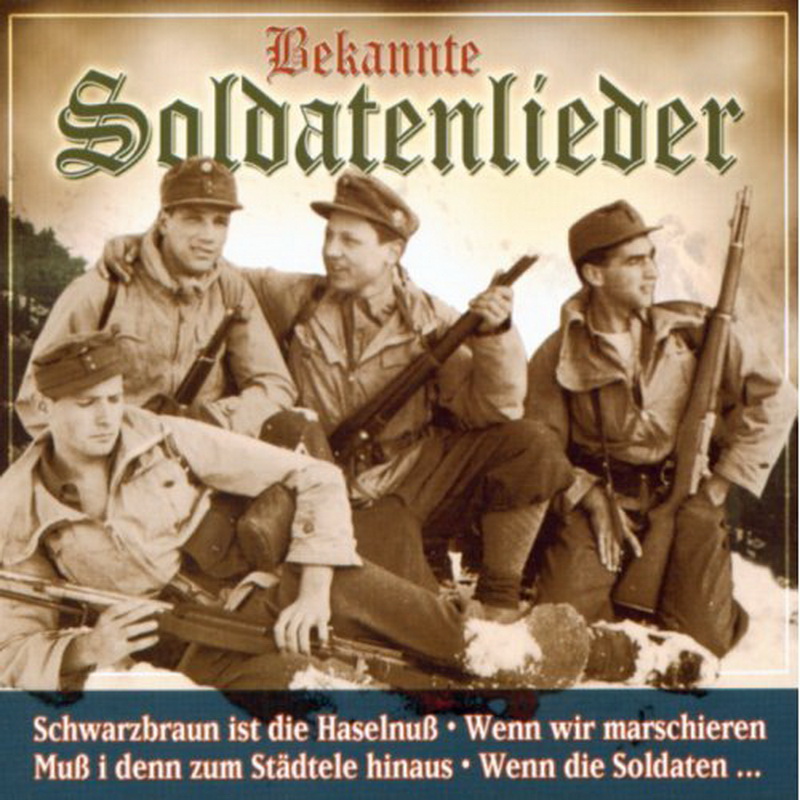

From 1917 onwards, in particular, Communists believed that theirs was the ideology of the future, and that their success was only a matter of time. In particular, many people in both countries considered themselves to be a part of a wider international movement of revolutionaries who were working together to overthrow capitalism and imperialism and build a ‘better’ world. Nonetheless, these are not the sum total of the contacts between the two countries. It is to be expected that any volume covering the entente historically will focus primarily, as this one does, upon relations between governments, statesmen, diplomats and soldiers. This is entirely right and proper: the entente was, after all, an agreement between two states.

The definitive version of this extract may be found in the work 'Britain, France and the Entente Cordiale Since 1904' edited by Antoine Capet, which can be purchased from Studies of the entente cordiale tend to focus on various aspects. This extract is taken from the author's original manuscript and has not been reviewed or edited. Reproduced with permission of Palgrave Macmillan.
SOLDATENLIEDER 1 SERIES
It is also the only collection of the series initiated by the Centre for Music History that was ready for the press as the next volume after Bernhard Paumgartner's 100 deutsche Soldatenlieder published in 1918. The collection is an important document of Hungarian folk music history and the history of research. The present paper discusses the circumstances of the volume's genesis and fate, and as a new development, the process of reconstructing the music section on the basis of the segments of the manuscript found in the estate (introduction and list of sources), the folksong collections of the Institute for Musicology of the Hungarian Academy of Sciences (Bartók-and Kodály-Systems) and the earlier researchers of the author concerning Kodály's collection. However, the tunes are still latent not even Kodály knew in his last years where they were.

Later the manuscript was lost, but some parts have been found in the Kodály estate recently. Parts of the song collection Kodály asked back in 1921 were returned in 1940 through diplomatic intervention. The collapse after the war interrupted the publication already in press. In the last years of World War I, Béla Bartók and Zoltán Kodály compiled a folksong selection One Hundred Hungarian Soldiers' Songs from their own collections, requested by the Centre for Music History of the Monarchy's War Ministry in Vienna.


 0 kommentar(er)
0 kommentar(er)
